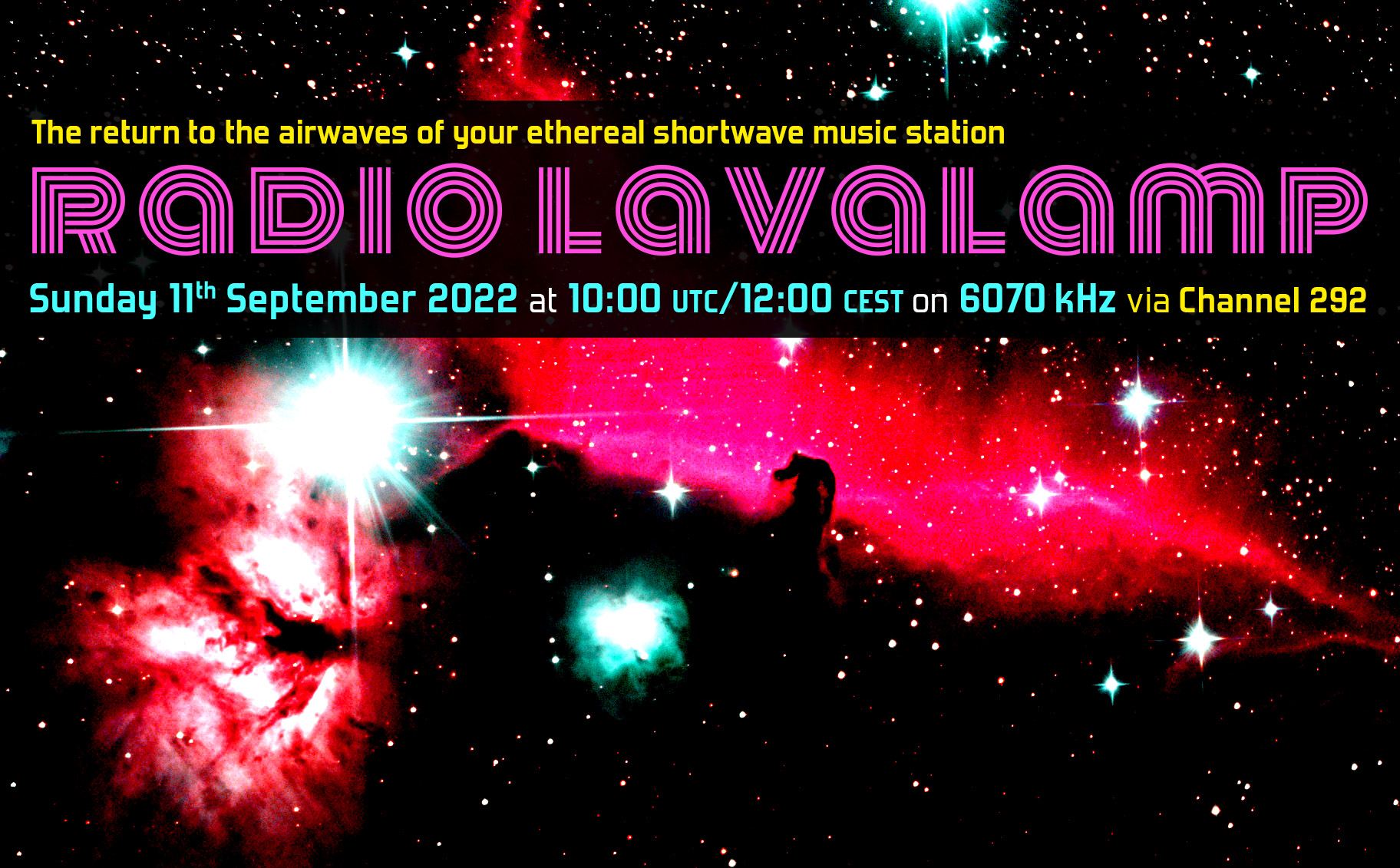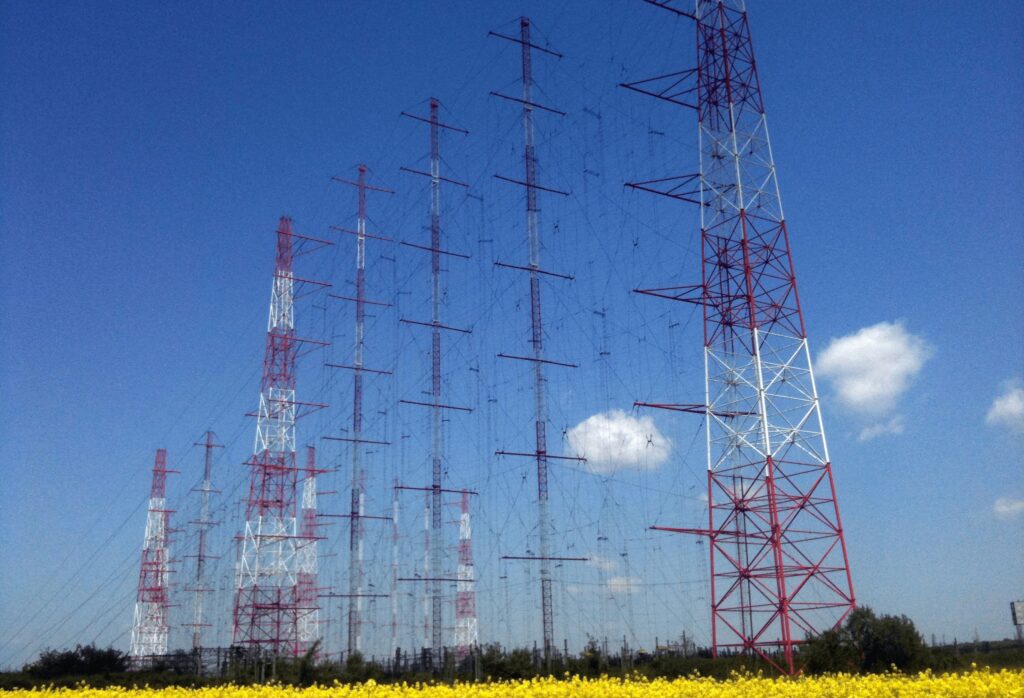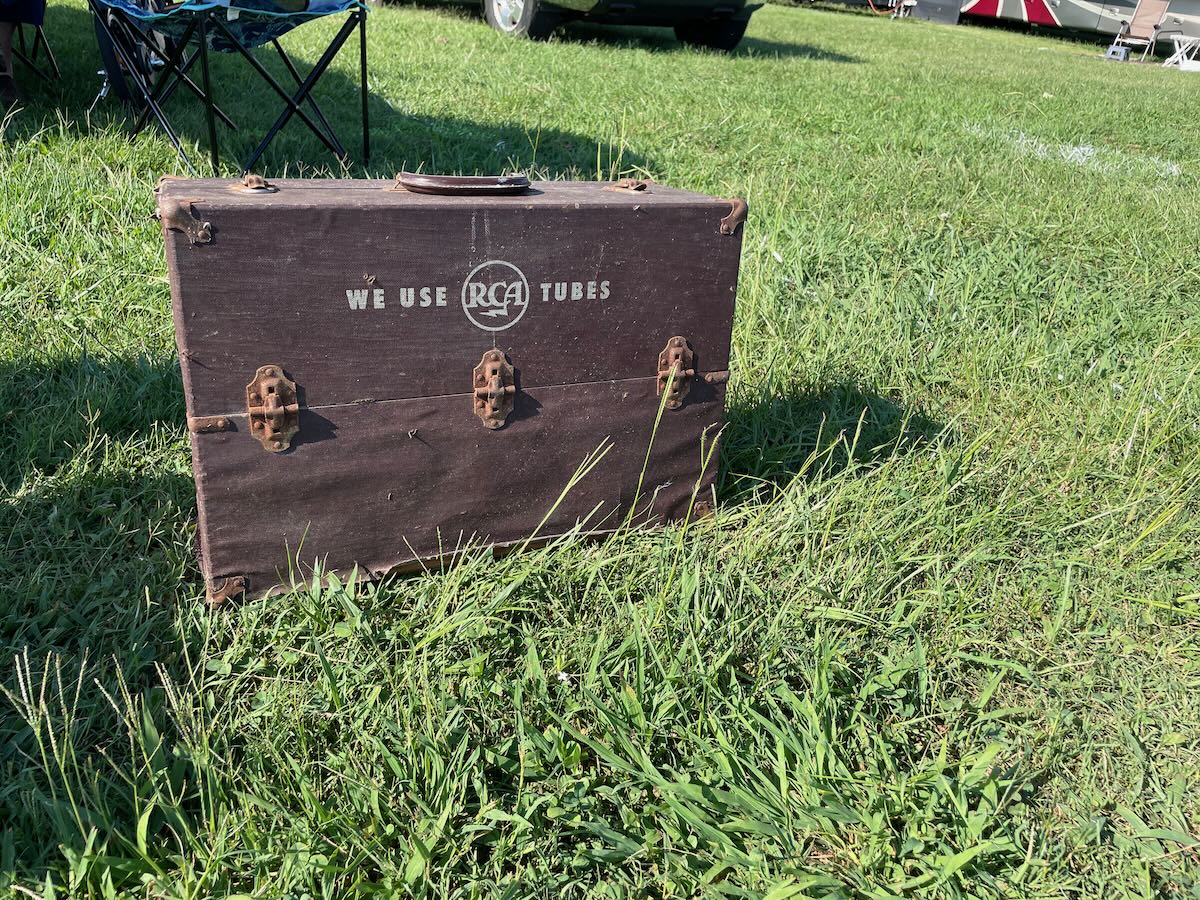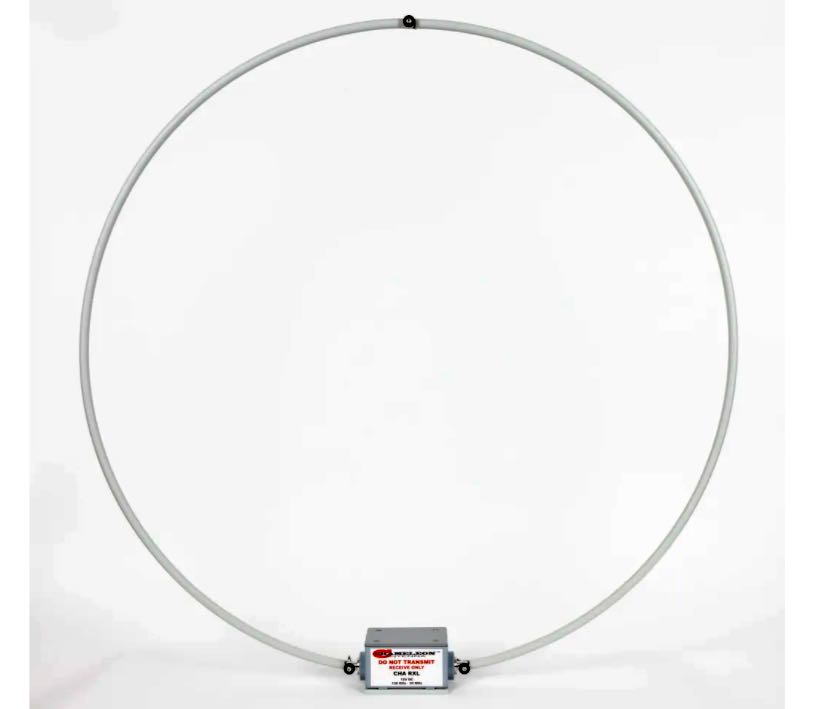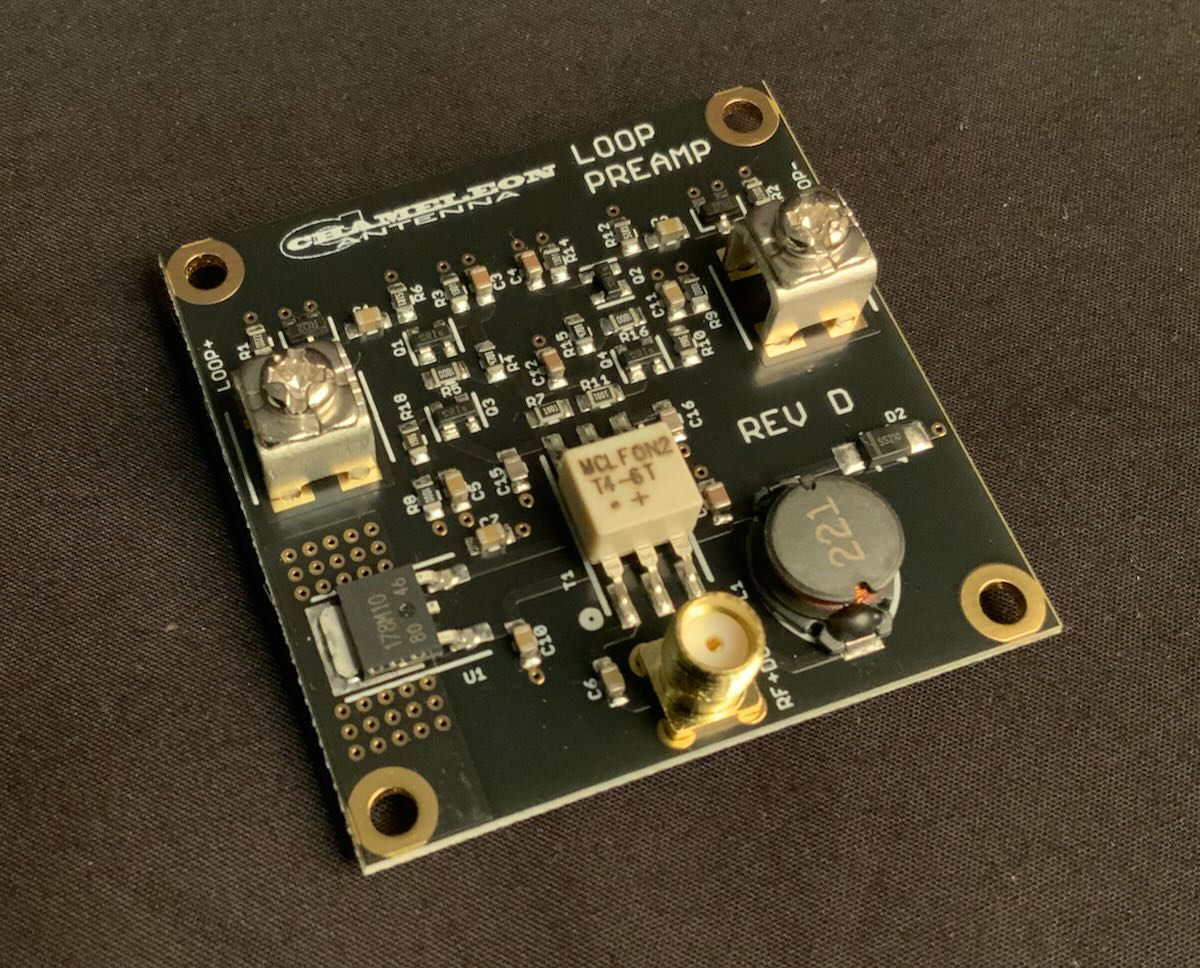Just a quick reminder of the return of Radio Lavalamp “Your ethereal shortwave music station” to your radio receivers via the transmitters of Channel 292 this weekend. The broadcast is on Sunday 11th September 2022 at 10.00 UTC/12.00 CEST on 6070 kHz and will feature a mix of chilled out tunes and a relaxed musical selection for a Sunday (including the below tune Subtle Body from Fila Brazillia). Tune in and enjoy! Fastradioburst23
Treetop Antennas: Featured with my friend Wlodek (US7IGN) on BBC Radio 4 Short Cuts
 I’m very honored to be featured with my good friend Wlodek (US7IGN) in a short radio documentary on BBC Radio 4 today.
I’m very honored to be featured with my good friend Wlodek (US7IGN) in a short radio documentary on BBC Radio 4 today.
Wlodek is long-time reader and subscriber here on the SWLing Post and QRPer.com. Wlodek lives in Kiev, Ukraine and we keep in touch these days over email. Like me, he is passionate about field radio work and before the Russian invasion, you’d often find him in nearby forests experimenting with some pretty impressive field antennas.
Sadly, when Russia invaded Ukraine earlier this year, it very quickly brought an end to all of that for Wlod. Not only were amateur radio operators not allowed to transmit under the state of emergency, but it’s no longer safe to venture into nearby forests.
Radio producer, Cicely Fell, learned about our love of all things field radio and put together an audio piece that airs today on BBC Radio 4:
BBC Radio 4 Short Cuts
From the forests of North Carolina, USA to the city of Kyiv, Ukraine – two ham radio enthusiasts seek each other out and a voice from the past prompts a dialogue on listening between a rabbi and a radio producer.
Click here to listen via the BBC Radio 4 website (note that the audio can be streamed shortly after the program airs today).
Many thanks to Cicely and her talented team at Falling Tree Productions for spending a little time with us in the forest and on the air! Truly an honor.
Video: Tour of AM Stereo Station KYET
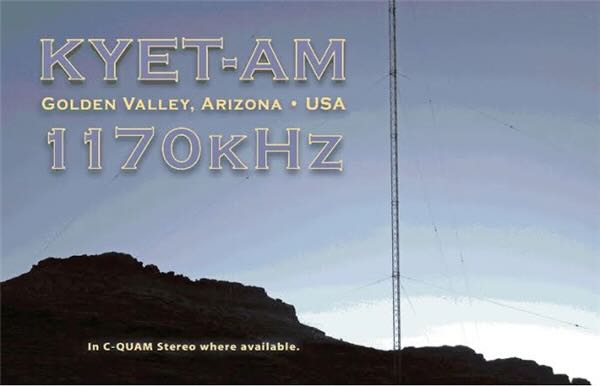 Many thanks to SWLing Post contributor, Dave (N9EWO), who writes:
Many thanks to SWLing Post contributor, Dave (N9EWO), who writes:
Dan, shango066 on You Tube give us a nice little tour of KYET on 1070 kHz in Golden Valley Arizona which transmits in AM Stereo (6K day, 1 watt night). Harris solid state transmitter which is also shown in this video:
Click here to view on YouTube.
First part of his video explains the modified Realistic receiver (which he could not get working, well at least not yet):
Jock’s Op Ed: Why shortwave? And an idea for the future.
By Jock Elliott, KB2GOM
The internet, I think, is darn near magic. A few keystrokes and you can find almost anything. And people use it all the time for all kinds of things. Hold that thought for a moment.
At the same time, I am very nearly a free speech absolutist . . . you (or anyone) should be allowed to say anything you please so long as it is not illegal. Period.
(An important aside: this post is NOT about left vs. right, up vs. down, etc. It’s about principles, speech, and access to media. If the comments descend into political vituperation, I will ask Thomas (our Maximum Leader) to take the whole post down, comments and all.)
Now, I know what you are thinking: what about mis-information, dis-information, hate speech, offensive speech, and so forth?
Who gets to decide? And other issues.
Well, three things:
- Who gets to decide? I don’t know about you, but I don’t want “the rules” of free speech to be decided by individuals, companies, or governments that have reason to suppress or hide information. The road to the past is positively paved with examples of constricting speech
- How – if you decide to suppress speech for whatever reason – do you know that you are absoflippinlutely correct in your assessment? It wasn’t that long ago that “the experts” were positively certain that continents did not move, and people were pilloried for suggesting that they did. And yet now continental drift is an accepted theory with a great deal of physical evidence to support it. Or how about this: in 2005, the Nobel Prize for Medicine was awarded to two Australian physicians who discovered ulcers are caused by a bacterium. For decades, medical journals would not publish their experimental results because the “consensus” said stress caused ulcers. How many people died because of this suppression? Or how about this zinger from Einstein: “No amount of experimentation can ever prove me right; a single experiment can prove me wrong.” Got it? Today’s foolishness can be tomorrow’s truth . . . and vice versa.
- When it comes to offensive speech (and there is certainly enough out there), I’ve discovered these amazing, state-of-the-art, high-tech tools: the OFF switch and the tuning knob. Use them; it’s a liberating experience.
Okay, bear that in mind for a moment.
But what does that have to do with shortwave? I’ll tell you in a second, but first, one teeny-weeny observation about the internet. Ready? Here it is: it can be switched off in an instant, and then your wonderful world of information simply isn’t there.
Shortwave, however, is much harder (although not impossible) to switch off. It can get through often when nothing else can. It crosses borders, by passes those who control the switches, and even can be discerned many times when powers that be are trying to jam it.
My Wish
I would like to see lots more shortwave stations, including privately owned shortwave stations, broadcasting a wide variety programming from lots of different perspectives. And because it is over the international airwaves, it would be a lot more difficult to suppress than the internet (or social media).
Wouldn’t it be neat if it was relatively easy, especially in terms of government regulations to get low-power shortwave stations on the air? Imagine a plethora of viewpoints delivered through a medium that would be relatively difficult to curtail. I think that would be a good idea. What do you think?
A photo tour of the 2022 Shelby Hamfest
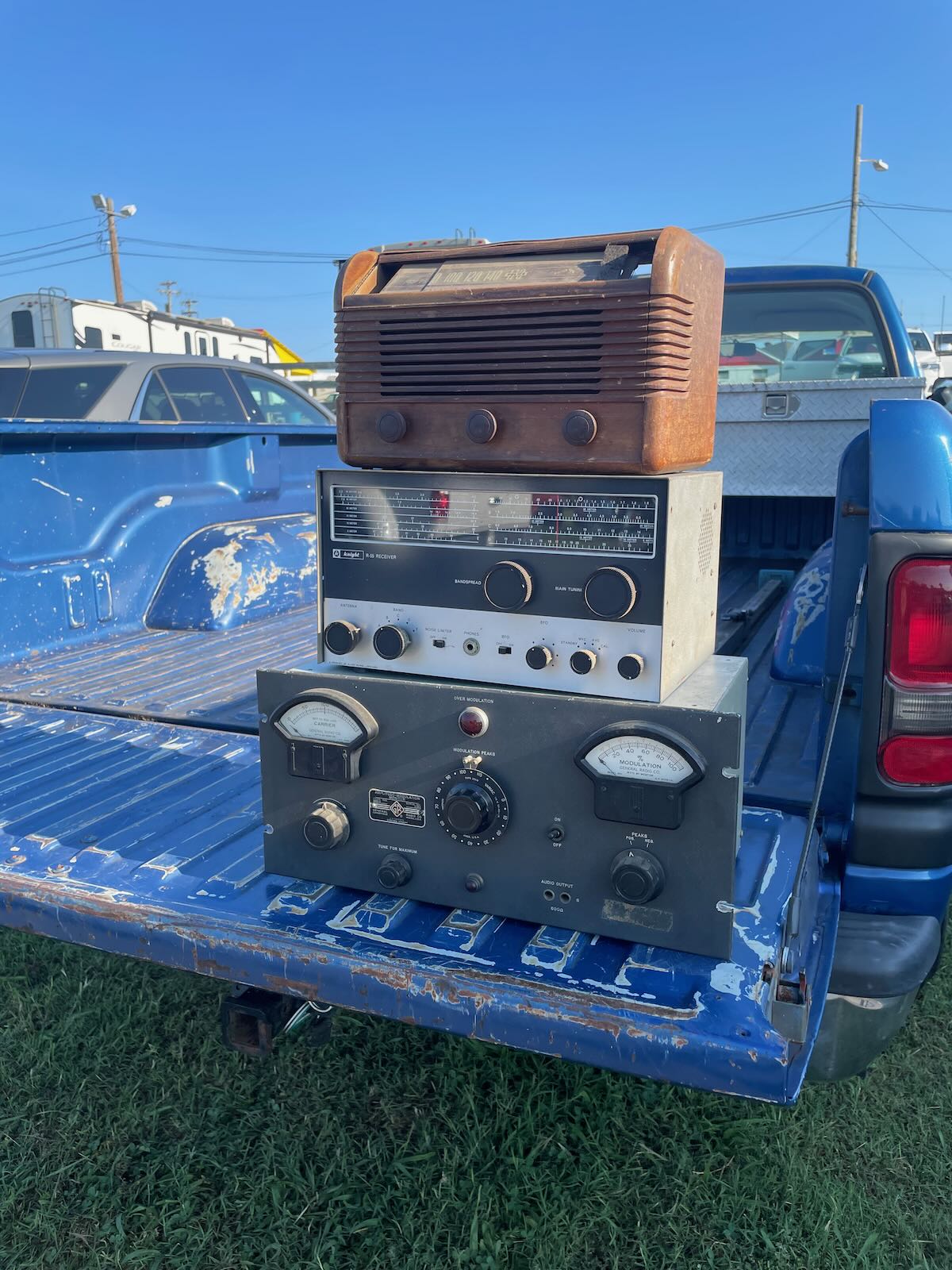 On Friday, September 2, 2022, I had just enough time in my schedule to visit the Shelby Hamfest for a couple of hours.
On Friday, September 2, 2022, I had just enough time in my schedule to visit the Shelby Hamfest for a couple of hours.
The Shelby Hamfest–referred to, locally, as “The Grand-Daddy of them All”–has long been regarded as one of the largest outdoor hamfests in the southeast US.
Shelby Photo Gallery
Weather was ideal for the hamfest: clear skies, sunshine and very dry. It was quite hot, though! Attendance was much lower than I’ve ever seen at the Shelby Hamfest in the past, but then again this was also my first Friday attending; typically I visit on Saturday which is historically the busiest day.
Video: Dave Casler reviews the Chameleon CHA-RXL Pro
Dan reviews the new Chameleon CHA RXL Pro Wideband Magnetic Loop Antenna
Many thanks to SWLing Post contributor, Dan Robinson, for the following guest post and review:
The Chameleon CHA-RXL Pro: Improved Amp Board Raises the Game
by Dan Robinson
Back in 2021 I reviewed the CHA-RXL loop by Chameleon. This loop antenna is sold by major retailers such as DX Engineering, Gigaparts and Chameleon itself – the company is a well-known name in antennas and other equipment for the amateur radio world.
I compared the CHA-RXL to Wellbrook 1530 and W6LVP loops feeding into a four-position Delta antenna switcher, and then to a Raven 16 port multicoupler which maintains good steady gain.
My Wellbrook is mounted on a telescopic mast about 15 feet above ground level, with a rotor. The W6LVP (using LMR400 coax) is tripod-mounted with an overall height from ground of about 12 feet. It has special filters to prevent strong medium wave signals from bleeding into HF.
I have since added a UK-made loop (essentially a copy of a Wellbrook loop but smaller diameter and made of metal) combined with a W6LVP amp. This W6 amp does not have filtering to block strong mediumwave signals. In all, I have four loops into my Delta switcher, which feeds about two dozen receivers.
There is by the way quite robust discussion at https://groups.io/g/loopantennas about various loops, including the Chameleon. And this past July, Steve Ratzlaff posted news about the upgraded loop amp board which will ship with what is now the CHA RXL Pro, saying:
“Chameleon has completely redone their CHA RXL loop amp board from the previous poor-performing loop amp that I tested some time back, and sent me one of the new production boards to test. I’m happy to say it tests very well especially for LF sensitivity, and I can now give it my “seal of approval”. The new board is a version of the LZ1AQ loop amp.”
It turns out, according to an email from Don Sherman of Chameleon, that Steve is one of the engineers who helped design the new amp board for the CHA RXL Pro, and on the Loop Antenna group he provides a folder in which he placed previous test results with “new files of the new board (sweep of the new RXL Pro loop amp, and a picture of the new amp PCB).”

